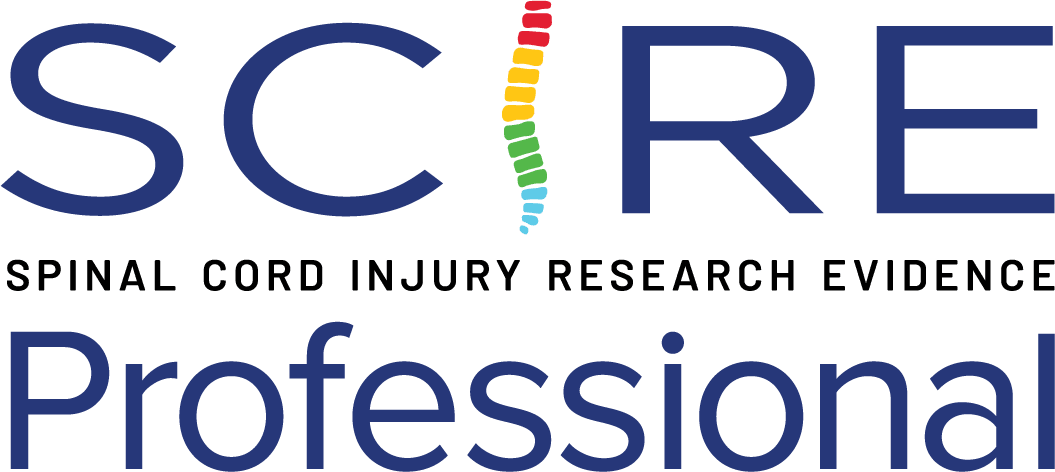- Assesses an individual’s ability to perform one handed reaching tasks while standing
- Consists of 21 tasks which involve performing both gross and fine motor skills; crossing midline; and lifting and lowering light and heavy objects. Examples of tasks include: lifting light objects down from the lowest shelf; stacking checkers on the counter top at the midline; lifting heavy objects up to the top shelf.
Clinical Considerations
- The tasks simulate skills required to work in a kitchen environment but these skills are easily transferred to other environments (e.g. shopping). The tasks cover a broad range of difficulty.
- The specialized equipment may limit its usefulness in some clinical/research settings.
- The FST was originally developed using people without SCI but has been adapted for people with SCI. However, the only testing of the FST for SCI has been done in individuals with T3-6 injuries.
ICF Domain
Activity ▶ Mobility
